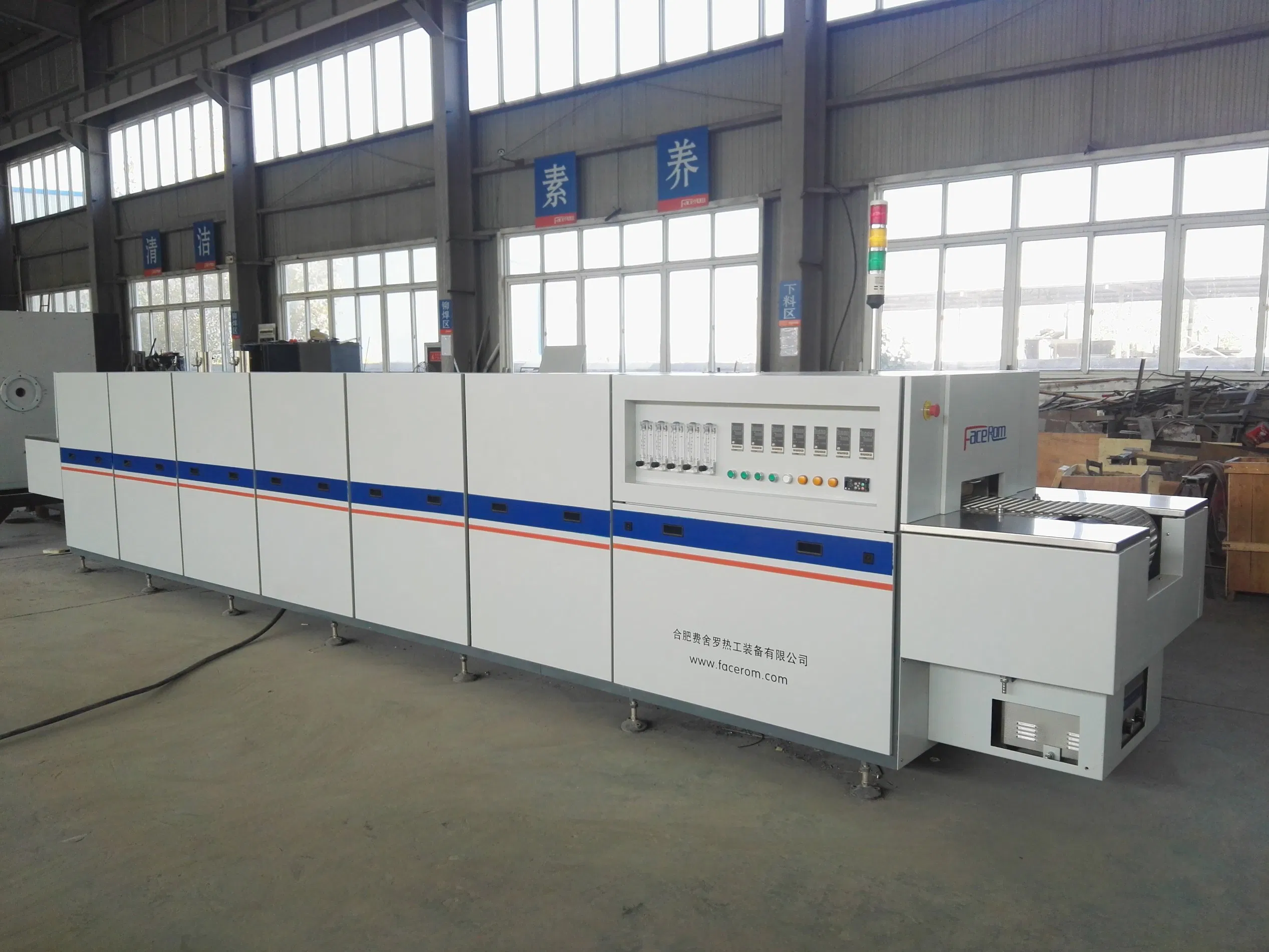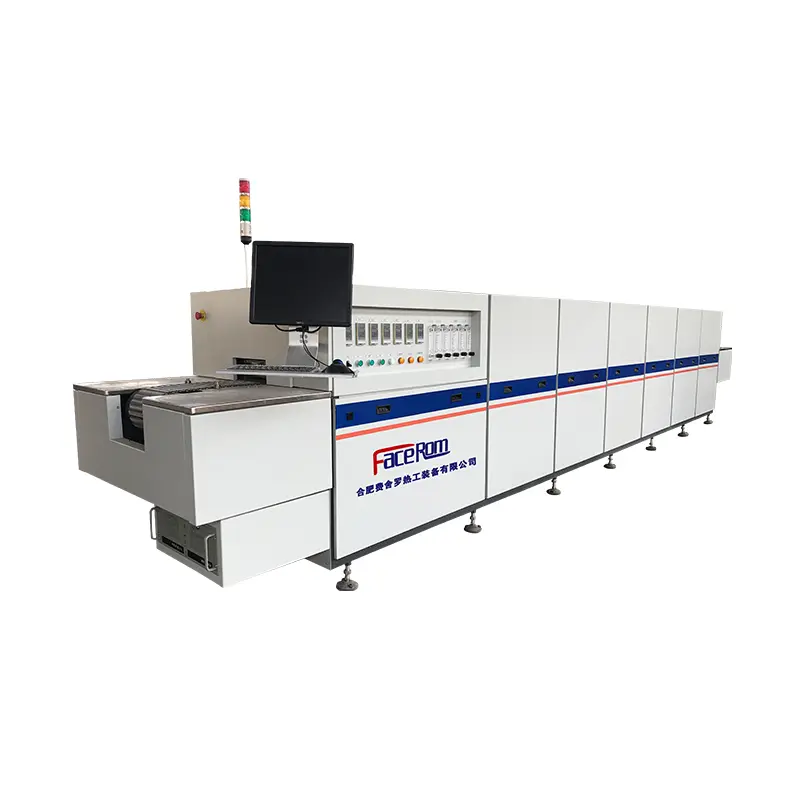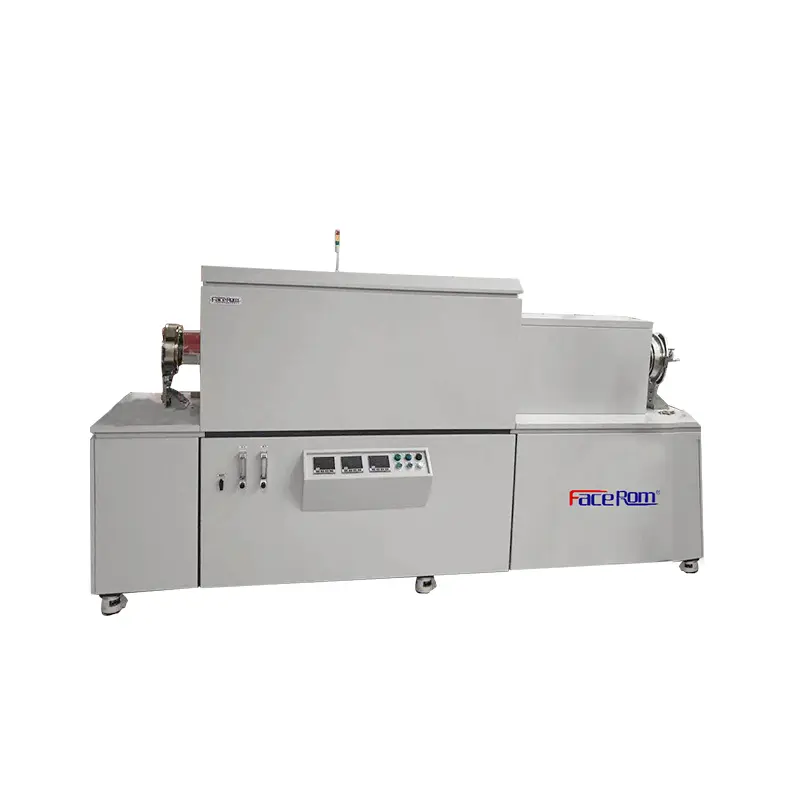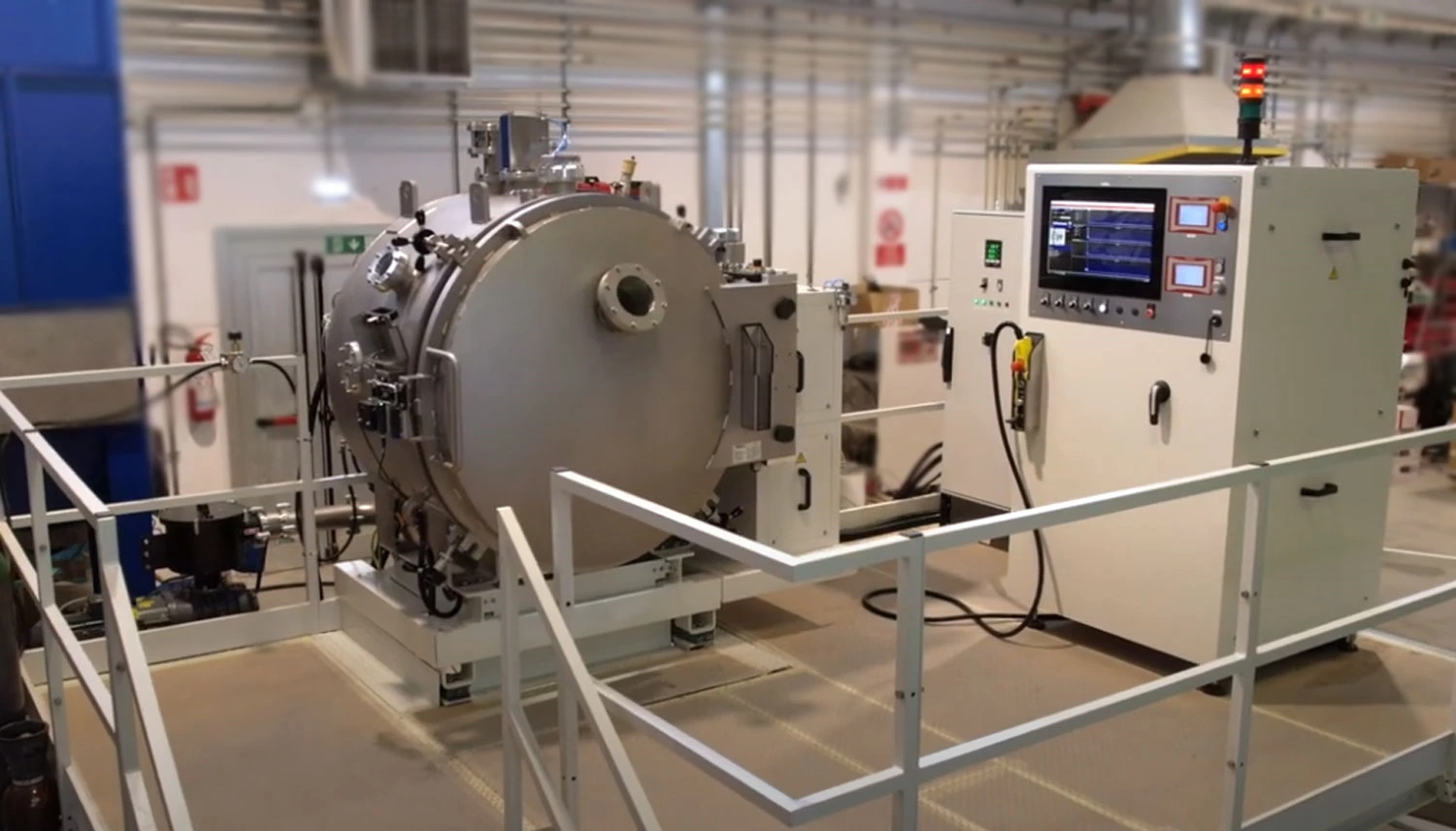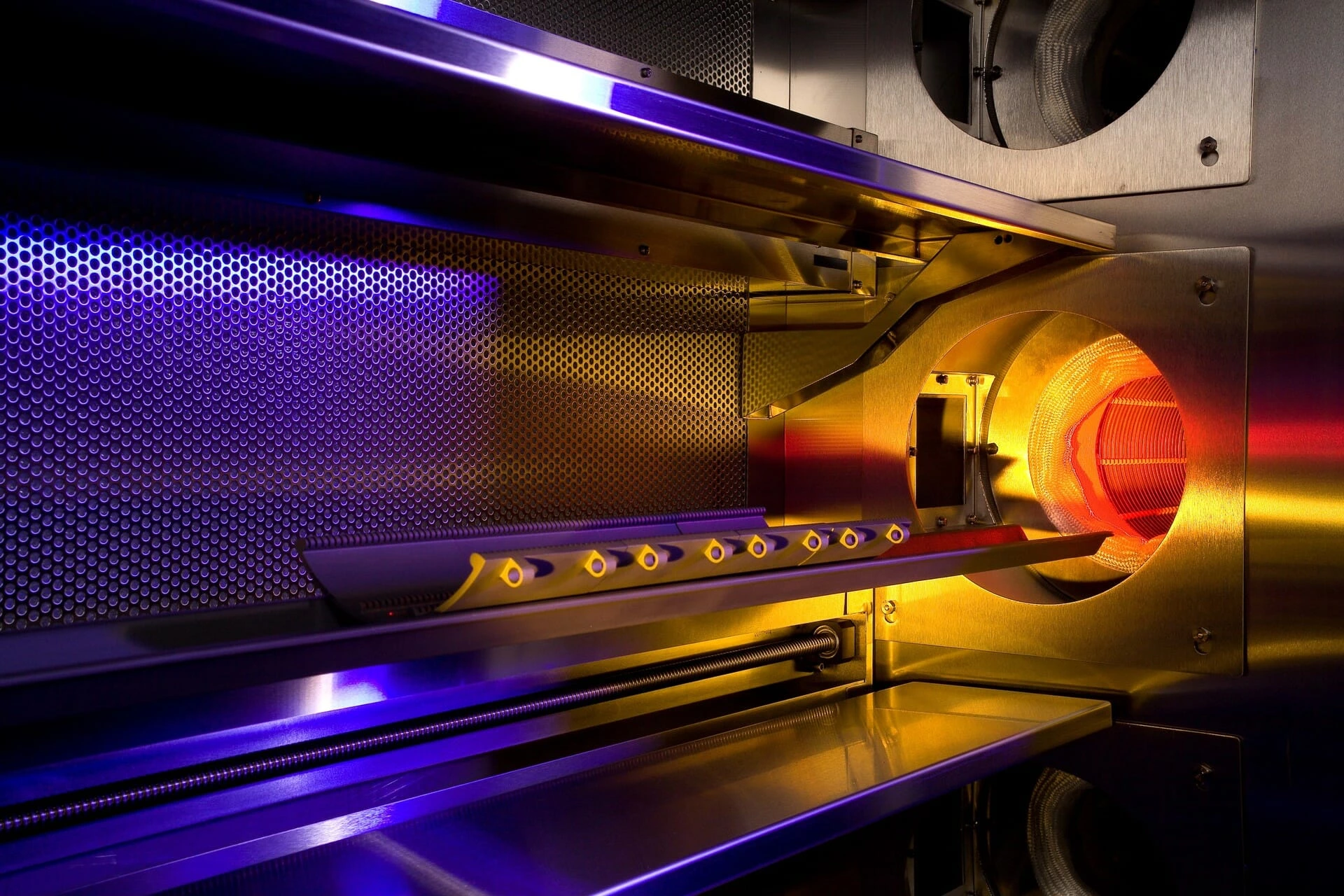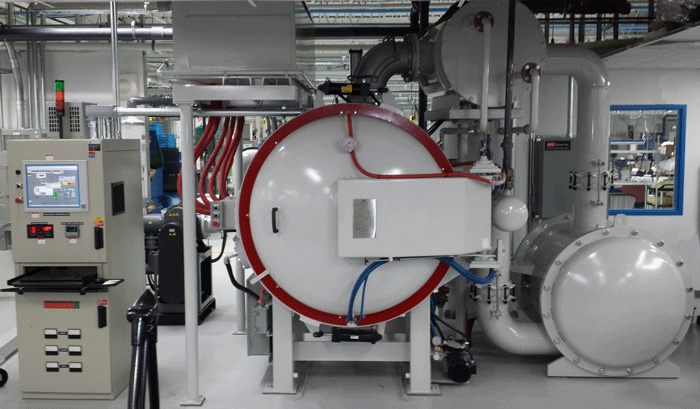Common problems and solutions for annealing in chain sintering furnace
Annealing in a chain sintering furnace softens the steel, while quenching hardens it. Normalizing treatment, by contrast, produces a layered, wave-like iron structure that significantly enhances the steel's machinability and wear resistance. Additionally, it offers benefits such as reduced cracking, minimal deformation, and easier handling. However, normalization is a complex heat treatment process because it relies on air cooling, which is influenced by factors including seasonal temperature variations, workpiece size, cooling rates, and even ambient airflow. To ensure uniformity during normalization, various techniques such as using sunshades, curtains, pits, and fans are employed to control the cooling environment.
Normalization and annealing
Normalization treatment involves heating the steel to the A3 point or above the Acm point at 40–60 °C for a specified duration, allowing the steel to develop a uniform pearlitic structure. It is then cooled to room temperature through a static heat treatment process. In hypoeutectoid steels, this results in refined grains with enhanced strength and toughness. For hypereutectoid steels, normalization helps prevent the formation of a network of cementite precipitates along the pearlite grain boundaries, which can otherwise diminish the material’s toughness.
The primary goal of full annealing is to soften steel and enhance its machinability. The heat treatment process involves heating the steel to 20–30 °C above the A3 point for hypoeutectoid steels or 30–50 °C above the A1 point to form a complete pearlitic structure (or pearlite combined with cementite). The steel is then slowly cooled at about 50 °C below the A1 point, resulting in softened material. Additionally, stress relief annealing is performed by heating the steel to a temperature between 450 and 650 °C—below the transformation point—and holding it for a period before cooling to room temperature. This process effectively removes residual stresses generated during machining, stamping, casting, or welding.
How to eliminate the residual stress of the workpiece?
Stress relief annealing involves heating the steel to a temperature between 450 and 650 °C—below its transformation point—holding it for a specified duration, and then cooling it to room temperature. This process removes residual stresses caused by cutting, stamping, casting, and welding. For carbon steel, the recommended heating temperature is 625 ± 25 °C, with a holding time of one hour per 25 mm of thickness. For alloy steel, the typical heating temperature is 700 ± 25 °C, with a holding time of two hours per 25 mm thickness. The cooling rate should not exceed 25 mm thickness increments, maintaining a cooling rate below 275 °C.
How to prevent heating deformation?
To minimize heating deformation, it is advisable to heat the material gradually and perform preheating. When determining the preheating temperature, the following guidelines are generally applied: (1) The preheating temperature should be below the transformation point—for instance, approximately 650–700 °C for standard steels and around 800–850 °C for high-speed steels. (2) The preheating temperature can be set roughly 100 °C below the transformation point. (3) A two-stage preheating approach involves initially heating to about 500 °C, followed by holding before increasing the temperature to just below the A1 transformation point. (4) For large, high-alloy steels such as high-speed steel, a three-stage preheating process may be required, with a third preheating stage reaching temperatures between 1000 and 1050 °C.
